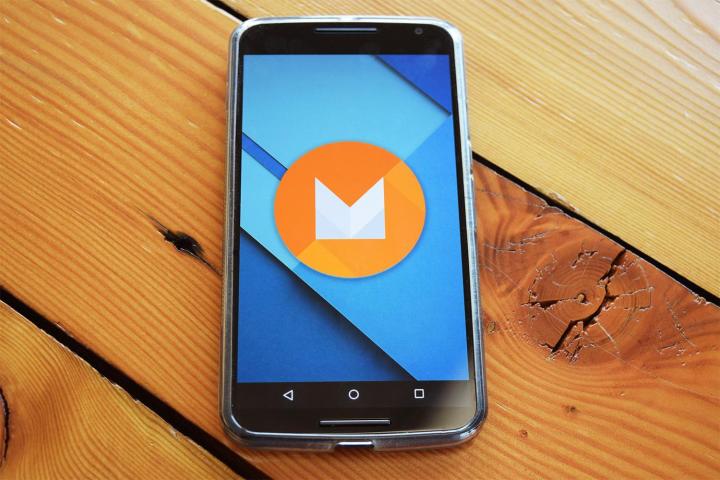
Android Police spotted a screenshot of the new UI in a post by Google+ user Danny Hollis. The card-based visual voicemail UI takes a cue from Google’s material design. Messages live in compact cards that expand when you tap. In extended form, they contain a seekbar for quickly jumping between segments of the voicemail, play and pause buttons for more granular control, a loudspeaker toggle, and an option to delete the message. A few buttons below — one to return the call, another to send an SMS message — suggest ways to follow up.

But voice message support won’t be the be-all, end-all solution to Android’s voicemail woes. It seems that Google is beholden to carriers on the issue of visual voicemail — the aforementioned Google employee said only Orange in France and T-Mobile in the US will support it at first. And while
It might be inferred that carriers which charge a monthly fee for visual voicemail, like Verizon, are hesitant to support functionality which might eat into their revenue stream. A free workaround for the carriers that opt not to jump onboard is Google Voice (which incidentally supports transcription, too), but that sort of misses the point; setting up Voice can be a lengthy and complicated process, one Android M’s new feature is almost certainly meant to lessen. Google may have laid the groundwork for visual voicemail, but it might do better to lobby harder with carriers. After it’s last disastrous show of defiance, you’d think it’d learn.
Editors' Recommendations
- Google is making Android better for the visually impaired
- Your Android 10 smartphone may not be able to call 911 if you use Microsoft Teams
- Google and Qualcomm are making Android updates faster, supporting them longer
- Google may add Apple-like Continuity tools to Chrome OS and Android
- The Pixel 4a may be released on June 5, right after Android 11 is revealed

